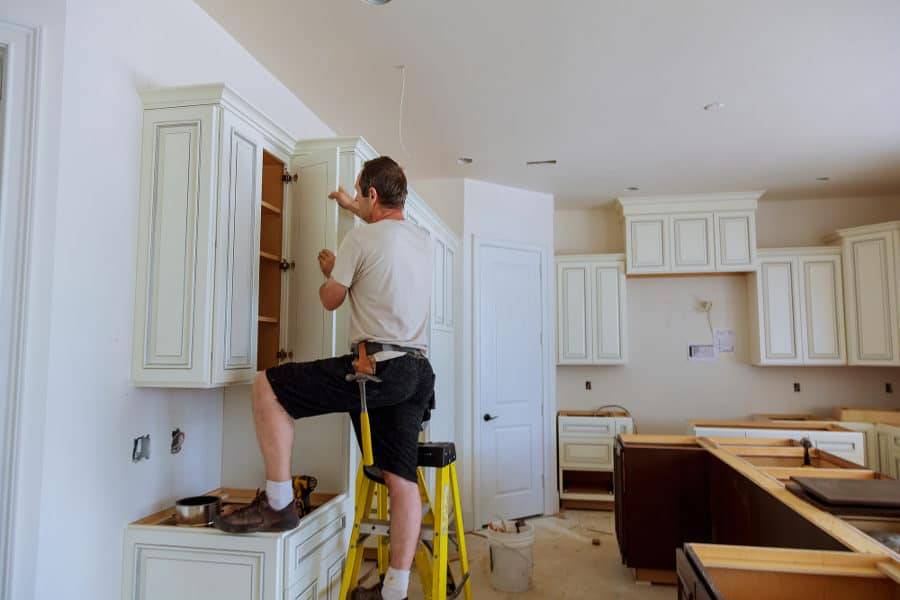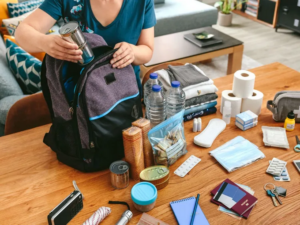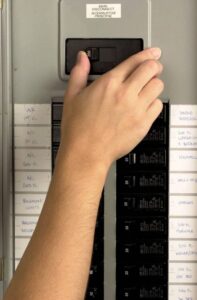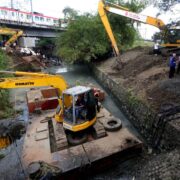Practical ways to help prepare for the ‘Big One’

While the ‘Big One’ remains a possibility, being prepared can make all the difference.
Fortunately, any homeowner can take simple, practical steps to stay ready. With a solid contingency plan in place, you can reduce potential damage and keep your household safe.
Small, proactive changes to help “earthquake-proof” your home not only offer peace of mind—they also make preparedness feel less daunting and more like a natural part of everyday life.
Set up your home for everyday safety
Secure furniture and appliances in place. Secure bookshelves, cabinets, and appliances to walls to prevent them from toppling over. If you have standalone mirrors, TVs, or artworks, hook them to the walls so they would be extra secured.
Consider changing room layouts and redecorating. Rearrange your room to keep heavy items away from your bed and sofa. Move bookshelves, paintings, or hanging plants above these areas. Nothing should be above the areas where you sleep or relax. For added safety, relocate heavy items from high shelves to lower, more secured spots to avoid them crashing down and hitting anyone.
Tighten cabinet doors. If your kitchen cabinets tend to swing open easily, use childproof latches or even strong rubber bands to keep them closed.
Check your home’s foundation. Reinforce weak areas to ensure your house can withstand strong shaking.

Create a safety plan
Identify safe areas. Find go-to spots in every room of your home where you can take cover, such as under sturdy furniture or against interior walls. A tip is to look for a space where nothing could potentially fall on you.
Plan evacuation routes. Identify exits in your home and ensure everyone knows how to leave the house safely. Set a safe meeting spot for your household for evacuation such as a nearby outdoor parking lot, clubhouse, or park.
Have a storage for your valuables. Dedicate a certain storage place to easily access important documents, valuable items, and/or carriers for pets so that you can grab them on the go.

Pack an emergency kit
Make sure to have these items on hand: flashlight for power outages; power bank for phones; a few bottles of water; snacks; basic first aid such as bandages, wipes, painkillers; a list of emergency contacts in case your phone dies; whistle; and other important items for your kids and/or pets.

Know how to shut off utilities
After an earthquake, keep an eye out on the following:
Gas. If you smell gas after an earthquake, turn it off immediately and leave the house. Prepare by finding your gas meter and learning how to turn it off. Keep a wrench nearby for emergencies.
Electricity. If you see damaged wiring or sparks, shut off power. Locate your breaker panel and know how to switch off the main power if needed.
Water. If pipes burst after an earthquake, turning off your water supply will prevent flooding. Know where your main water valve is.
Small changes
The best way to be earthquake-prepared is to make small changes that fit naturally into your life. No extreme prepping, no major lifestyle shifts—just smart habits that keep you safe while you go about your day.





















